
Pam Longobardi, commission for the cover of ‘Sierra’ magazine (2014) (all images courtesy the artist)
Plastic has become a material of unique conceptual and physical importance to our society, and the arts are finally catching up. The material’s unimaginably long lifespan, coupled with how casually we as a society treat it, becomes a perfect metaphor for our blind overconsumption. While the oil that makes our plastic formed and rested for over three million years, we extract it and mold it and use it up within months. We use plastic cups for an evening, only for them to outlast our entire civilization.
As Heather Davis, co-editor and contributing writer for Art in the Anthropocene, notes:
Plastic can be considered the substrata of advanced capitalism. It reveals our utter dependency upon petrochemicals. But its role in our life, unlike the more abstract relationship that we have with other oil products, such as gasoline or electricity, is intimate. We use plastics to eat, clothe ourselves, as sex toys, as soothers for babies.
Confronting and unraveling the intimate relationship that contemporary society has with plastic is at the heart of artist Pam Longobardi’s mission for the Drifters Project. Founded in 2006, the Drifters Project works with local communities around the world to educate people about the potential dangers of plastic, reduce plastic use, clean beaches, and build socially engaged sculptures from the collected refuse. After watching this movie about her work in Greece, I knew I had to talk with her.
* * *

Drifters Project exhibition, ‘What Once Was Lost Must Now Be Found: Chronicling Crimes Against Nature’ (2014), installation view
Ben Valentine: Why plastic?
Pam Longobardi: Plastic, to me, is the physical marker of the Anthropocene, the new geologic era of the planet Earth that we are now embarking on. I was born into and grew up in the age of plastic; it was part of modernity, and it will become the new geologic layers, so every piece of plastic is a ‘future fossil.’ Some of the pieces I find already look pre-fossilized, and indeed often are melted around other rocks and lava. I also have a lifelong connection to the ocean, as my father was a lifeguard on the New Jersey coast and my mother, the Delaware state diving and swimming champion. So, I pay close attention to the ocean.
In 2006, when I discovered mountains of colored plastic the ocean had vomited on the most southern tip of Hawaii, I immediately made it the center of my artistic practice and founded the Drifters Project. I also think plastic is the near-perfect physical manifestation of the id, the wanton and willful child of our personality who can make anything, and does, without a thought to the consequences of its actions. And finally, I am most fascinated by ocean plastic. This is material that has drifted around the world in the most unknown reaches of this planet, first on shipping lanes of commerce and then as a drifter, as vagrant, haunted objects that have been changed by this interaction: marked, bitten, colonized, and otherwise transformed into a new material, an artifact, the ultimate example of commodity fetishism. Ocean plastic is a new type of commodity, one that has illuminated nature’s role in the creation of capital.
BV: I find the conversation around climate change really frustrating, because the evidence is there yet we still have all of these ridiculous debates about it — society is dramatically behind the science. What strikes me about your work is the many layers of teaching about pollution and the environment that it embodies. There’s the strictly educational aspect — what pollution is and does and why it matters; the communal aspect — building a group that cares and acts on the knowledge; and the art portion, which becomes a vessel to relay the first two aspects to another public, hopefully bringing them into the fold. Why is this type of process so important to you?
PL: I’ve never completely settled for the concept of art as rarified objects that sit untouchable in a divine space and are worshipped. I like art that does work — all kinds of work, from intellectual work to emotional work to work in society. I think art has a job to do, as opposed to being expensive and passive luxury objects. While I think art can be both an expensive commodity and do work, too often the glamor aspect eclipses the other, more rudimentary work function. I like thinking about Deleuze and Guattari’s discussion of value vs. exchange value in all aspects of my work with ocean plastic, because of the shifting dynamism of these roles in the physical plastic object itself: an utterly cheap object, to the point of almost immediately having zero value, neither use nor exchange, while at the same time being the physical embodiment of the ancient life of the planet, the fossil sunlight, and representing the peak of industrial revolution technology. Then it goes silent briefly while it is discarded, lost and drifting, only to reemerge when I encounter it, as a prophetic object, a messenger and cypher.

Drifters Project, “Economies of Scale” (2013) (click to enlarge)
BV: I’m interested in art that offers alternative perspectives on very complex phenomena, like global warming or Deep Time. I believe humans need to develop these perspectives in order to alter our current disastrous course. How does the Drifters Project seek to foster such perspectives?
PL: I believe plastic is at the center of every one of the environmental, social, and health crises the world now faces. As climate change brings extreme weather events now almost daily in some parts of the globe, and in our desperation to extract the last drops of oil from the earth, we are going to riskier and more remote places deep under the sea and further towards the poles — yet plastic has made it here before us. The melting Arctic is only accelerating a frantic resource grab and a heightened mobilization of global commerce as new shipping lanes open. Trillions of pieces of plastic are already in the ocean, and billions of new plastic goods are made everyday. It is not going anywhere. I think plastic is dark matter; it is not of this earth in the same way some other materials are.
I think my work as Drifters Project is a discussion, at its heart, of value — what do we value, what we do not, how these values are skewed and off-kilter in an elementally dangerous way. I think it gives us a chance to reexamine values from personal, societal, and planetary perspectives. My work is consciously an address and invitation to think about the entire non-human portion of our planet, how we interact with it, what we are doing to it, and how we might change the disastrous path we appear to be on.
BV: What are you working on now?

Drifters Project, “Crime of Willful Neglect (for BP)” (2014) (click to enlarge)
PL: I am working on a commission from a family who survived the sinking of a fishing charter boat in Hawaii. It’s a story too fantastic to even make up. The boat’s propeller got fouled in a piece of floating driftnet, and the incompetent captain didn’t realize that he had destroyed the motor, taking the boat far offshore without addressing the plastic net which had melted and fused around the propeller. At some point, the charter captain realizes the boat is going to sink and actually abandons ship, taking the first mate and the life boat and leaving the entire family of four on the sinking ship. The parents described the realization it was going down with just enough time to get life vests on the kids and tell them to hold onto the boat as long as possible and then push away hard to avoid being sucked into the vortex as the boat went under. It actually went down just as the Titanic in the movie did — they were all climbing to the top as it reared up, saying their goodbyes, and then it disappeared. For moments the only one up was the dad, then his wife and the two kids popped to the surface.
They were there alone in the ocean — no boat, no captain, miles offshore. The irony is the man is a direct descendant of Captain Cook, so stop here and ponder the crazy karmic moment of this. Except this family is the embodiment of goodness: creativity, adventure, and love for the ocean, instilling the best values in their children. After a few minutes, a self-inflating domed survival raft popped to the surface, and at some point half a day later, a local Hawaiian fisherman in a small boat spotted them and was able to radio for a rescue. The captain went to jail, and the father got a commendation from the Coast Guard for rescuing his family. It’s the most moving true story, and I was in tears hearing it, so it’s a true honor to make work to memorialize this for them. The weird thing is, I actually found one of these artifacts at South Point, Hawaii: a driftnet propeller fouling. It’s a chunk of turquoise driftnet fused into a solid core, with a saw cut through it where a diver removed it from the propeller and prevented a boat from sinking. It is going to be the center of the installation.





















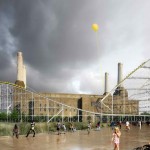
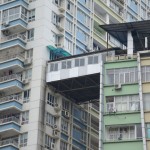








































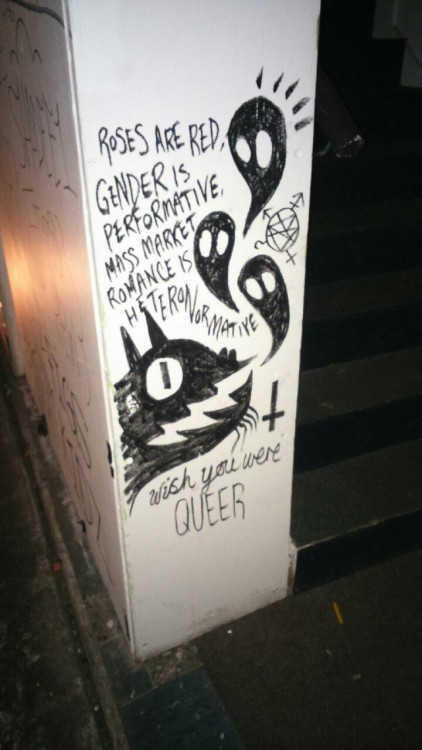

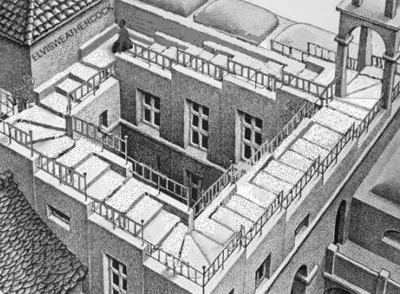




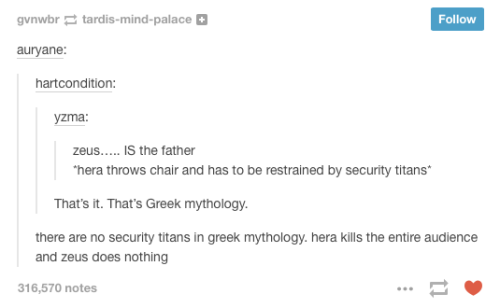
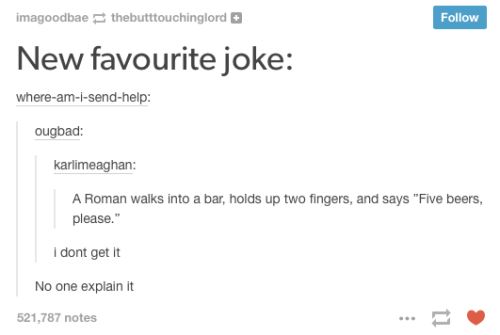
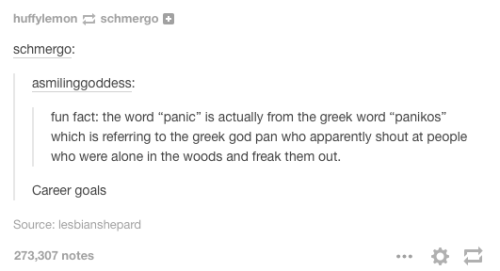
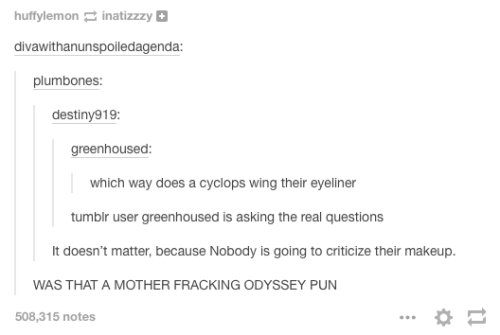
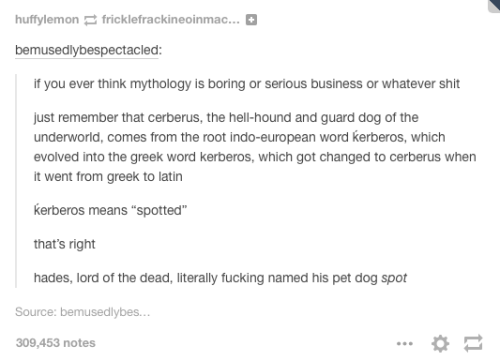
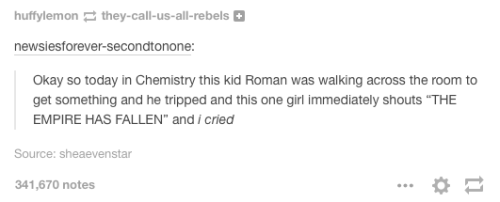
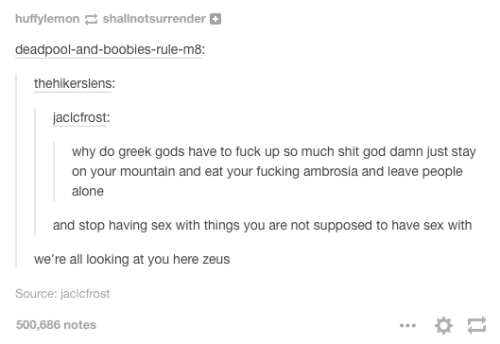


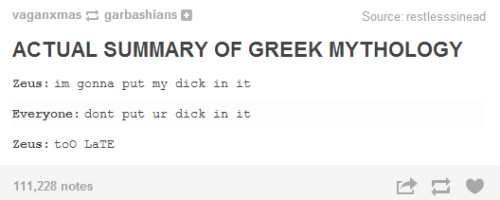
 Similarly, the human mind is equipped with a moral blind spot. We are sometimes completely unaware of the real reasons we behave and feel the way we do. Perhaps there’s a good reason for that, even if it gets us into trouble sometimes. It’s pretty funny when you think about it.
Similarly, the human mind is equipped with a moral blind spot. We are sometimes completely unaware of the real reasons we behave and feel the way we do. Perhaps there’s a good reason for that, even if it gets us into trouble sometimes. It’s pretty funny when you think about it.







